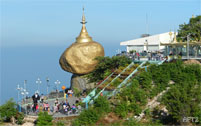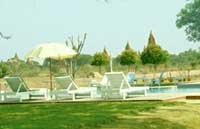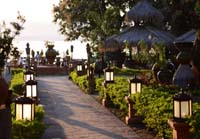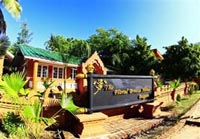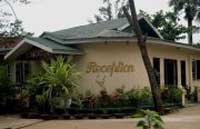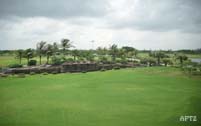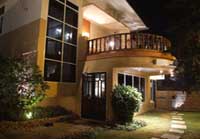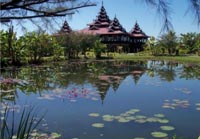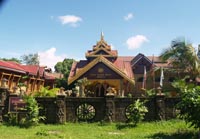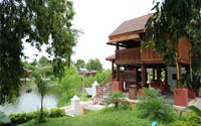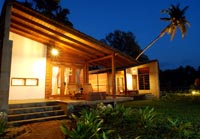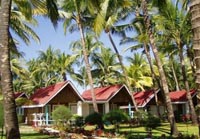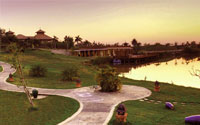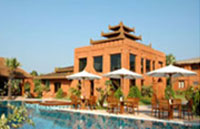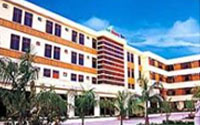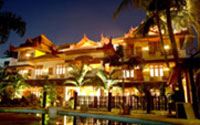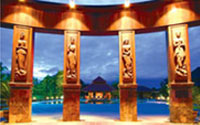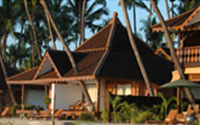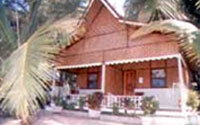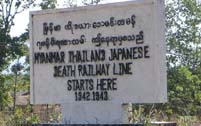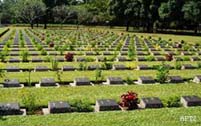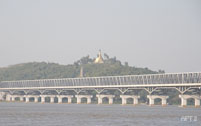
Mawlamyine is the third largest city in Myanmar after Yangon and Mandalay situated 165 kilometers east of the nation's capital across the Gulf of Mottama at the mouth of the Thanlwin river. It is the capital of Mon State with a population of almost 300,000 people. Formerly known as Moulmein, it was once a thriving teak port and the administrative capital of British Lower Burma.
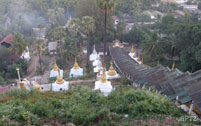 The town's signature landmark is Kyaikthanlan pagoda built in 875 AD and thought to be the site from where Rudyard Kipling wrote his famous poem, 'The Road to Mandalay'. It's unlikely that Kipling was referring to Mandalay Ward located at the base of Kyaikthanlan pagoda, but rather the 'Mandalay' in central Myanmar.
The town's signature landmark is Kyaikthanlan pagoda built in 875 AD and thought to be the site from where Rudyard Kipling wrote his famous poem, 'The Road to Mandalay'. It's unlikely that Kipling was referring to Mandalay Ward located at the base of Kyaikthanlan pagoda, but rather the 'Mandalay' in central Myanmar.
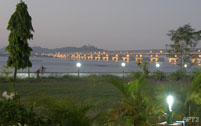
The Thanlwin bridge, the longest road and rail bridge in Myanmar is the most prominent landmark in the area. It stretches a distance of 11,000 feet over the Thanlwin river connecting the country's south eastern region with its capital, Yangon.
Mawlamyine is generally considered to be off the main tourist trail for most travellers to Myanmar but the town does have a charm of its own with its rich history, buildings with colonial style architecture, World War II era wooden buses, and its close proximity to the infamous Siam-Burma "death railway", making it a fascinating place to visit!
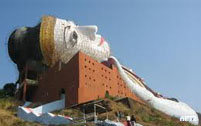
Mawlamyine during British colonial rule when it was known as Moulmein. Although many people of Indian descent, being third or fourth generation 'Burmese', have now completely assimilated with Myanmar culture and language, traces of their heritage can still be seen by the numerous mosques that dot the town. One example is the majestic looking Surati mosque on Lower Main Rd built by the Indian community hailing from Surat in India during British colonial times.
Mawlamyine's close proximity to the Thai border only 150 km away also explains why so many of its population are able to speak Thai, albeit, at various levels of proficiency. Interestingly, a few are also conversant in Bahasa Melayo as well.
Place of Interest
People often say that if you wanted to feel what it was like to live in Yangon 50 years ago, then visit Mawlamyine today! With its colonial buildings, wooden chevrolet buses and its leafy tropical coastal setting, Mawlamyine has a charm of its own distinct from any other town or city in Myanmar.
There are also places of historical interest in and around Mawlmayine.
-
Thanbyuzayat, 60 km south is the end of the line for the infamous Burma-Siam death railway where 100,000 people died in its construction during World War II under the Japanese occupation
-
Kyaikthanlan pagoda on the eastern ridge of town.
-
Win Sein Taw Ya, 30 km south on the outskirts of Mudon is the site of the largest reclining Buddha image in the world.
-
War cemetery lies at the foot of the hills which separate the Union of Myanmar from Thailand.






